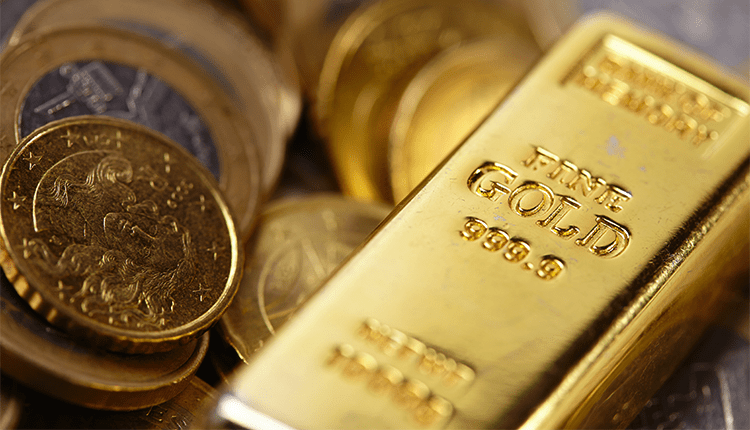Gold increased a few indents in after-hours trade. Also, the greatest trade complication of the century stays alive, according to markets.
December delivery of Gold futures on New York’s COMEX increased $2.85, or 0.2%, at $1,453.70 per oz. This is after President Trump shared on when the signing of will be of the much-awaited “phase one” of the U.S.-China trade deal.
December gold settled down $3.40, or 0.2%, at $.1453.70 on anticipations that Trump would give clarity on the trade negotiations during his luncheon address at the NYEC.
Trump said he does not yet agree to roll back tariffs as recommended by Beijing, to achieve the “phase one” of the agreement.
Spot gold price increased $3.53, or 0.2%, at $1,459.18 per oz. Also, it struck a three-month decrease at $1,445.68.
December gold also struck a three-month low earlier, when it fell to $1,446.25.
Gold was trading at the bullish peak level of $1,500 before dropping off that perch. This is after Trump announced last month that Washington and Beijing were getting ready to end their trade war.
Investors have gold, aside from the dollar, as a hedge against the tariffs in the trade tension that ran into billions of dollars.
RJO Futures strategist said he is bearish gold, but he suspects it will need more positive presidential comments regarding tariffs and trade to push gold below company resistance at $1,450. Also, December gold should close below $1,450 and that he expects the next target to be $1,425.
Trump said the trade deal could happen soon, but he will only accept the agreement if it’s for the good of the U.S., their workers, and firms.
Despite that, U.S. stocks stayed up after he concluded without giving any news on China.
Gold Declined a 4th Straight Session to Settle at Lowest
Gold futures marked a fourth straight session decrease on Tuesday to settle at their lowest since August. Also, U.S. dollar and fresh highs for U.S. stock benchmarks shared to decreasing demand for safe-haven gold.
The chart for gold remains negative, according to Zaner Metals. However, the market found some support around the $1,450 level, and Chinese auto sales for October were soft enough to foster economic uncertainty.
FactSet data said December gold GCZ19, +0.55% on COMEX dropped $3.40, or 0.2%, to fix at $1,453.70 an ounce, with prices for the most-active agreement at their lowest settlement Aug. 1.
December silver SIZ19, +1.16%, meanwhile, cut 11 cents, or 0.7%, to $16.692 an ounce. Also, prices for the metal suffer a fourth consecutive session decrease.
Meanwhile, stocks stayed mostly buoyant with the DJIA, +0.00% notching its ninth all-time high of 2019. Also, the U.S. dollar, as measured by the ICE U.S. DXY, +0.02%, increased 0.1%. Stock increase and a stronger dollar can undercut appetite for assets considered havens like bullion.
January platinum, +0.71% declined 1.2% at $869.90 an oz. This is the lowest most-active contract settlement since late August.
RBC Wealth Management said platinum prices decreased some, as China lost car sales of electric vehicles. Meanwhile, palladium saw prices edge higher, as the metal had big trader, and some short is recovering.
December palladium, +0.34% increased 0.9% to $1,670.10 an ounce. It lost more than 3% in each of the last two trading sessions.
December copper, +0.17% settled down by 0.7% to $2.6455 a pound.
















